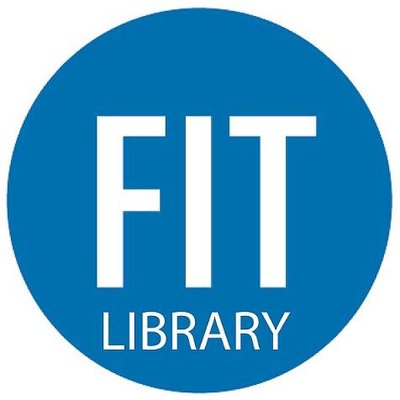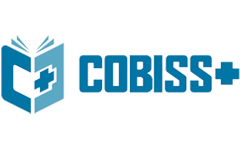Problems of Child Rearing - A Comparative Study on Working and Non Working Women
DOI:
https://doi.org/10.61841/e5k0yh30Keywords:
The normative survey method was used in this study, Statistical techniques used for the study are percentage, Arithmetic mean, standard deviation, t- test and ANOVAAbstract
This comparative study was undertaken to study the problems of child rearing for working and non-working women. The sample of the study consists of 150 working women and 150 non-working women from Kanyakumari district While selecting the sample, the weight was given to factors such as age, location, religion, community and type of family. The normative survey method was used in this study. To collect data, the interview technique was used to illiterate women and then questionnaire was given to literate women. The major statistical techniques used for the study are percentage, Arithmetic mean, standard deviation, t-test and ANOVA. The results shows that there existed significant difference between working and non-working women in their problems related with child rearing practices, health of children, educational assistance of their children, and leisure time activities of their children. These results highlight that working and nonworking women of Kanyakumari district have problems in child rearing. Working women poses problems related to educational assistance and leisure time activities. Working women do not possess problem related with the health of their children. Non-working women poses problem related to the health of their children and educational assistance. They do not possess problem related with leisure time activities.
Downloads
References
1. Best & Khan (1999). Research in Education. New Delhi: Prentice Hall of India Private Limited.
2. Best John. (1998).Research in Education. New Delhi: Prentice Hall of India Private Limited.
3. MacIver & Charles (1989).Society: an introductory analysis. Chennai: Macmillar Indian Press.
Downloads
Published
Issue
Section
License
Copyright (c) 2020 AUTHOR

This work is licensed under a Creative Commons Attribution 4.0 International License.
You are free to:
- Share — copy and redistribute the material in any medium or format for any purpose, even commercially.
- Adapt — remix, transform, and build upon the material for any purpose, even commercially.
- The licensor cannot revoke these freedoms as long as you follow the license terms.
Under the following terms:
- Attribution — You must give appropriate credit , provide a link to the license, and indicate if changes were made . You may do so in any reasonable manner, but not in any way that suggests the licensor endorses you or your use.
- No additional restrictions — You may not apply legal terms or technological measures that legally restrict others from doing anything the license permits.
Notices:
You do not have to comply with the license for elements of the material in the public domain or where your use is permitted by an applicable exception or limitation .
No warranties are given. The license may not give you all of the permissions necessary for your intended use. For example, other rights such as publicity, privacy, or moral rights may limit how you use the material.
















